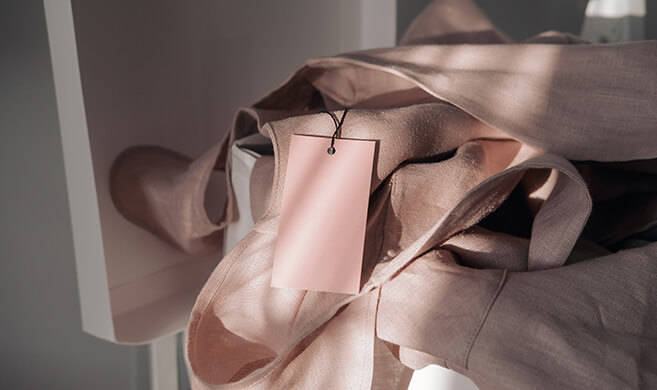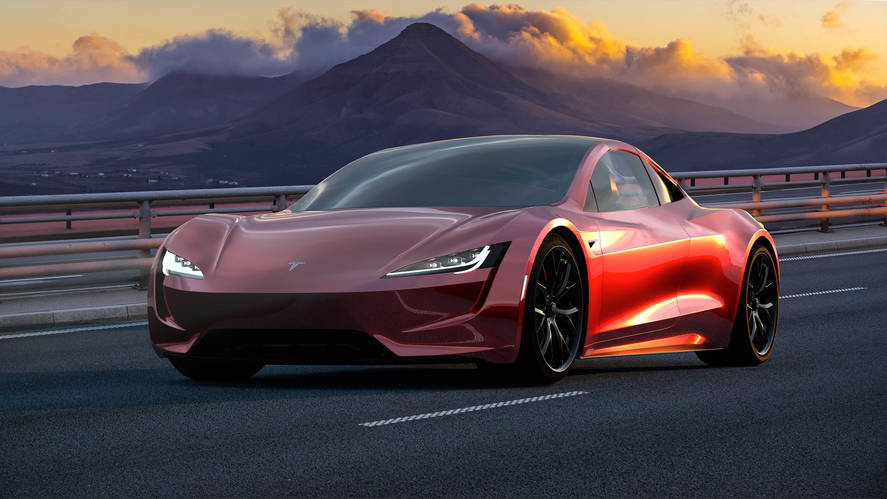Sustainable development is on the agenda of all economic sectors – even the luxury industry. But seriously, do companies that sell fur coats, diamonds and yachts truly embrace sustainability?
Although they remain discreet on these matters, all luxury groups and companies have engaged a continuous process of ecological transformation of their value chain, from raw materials sourcing, production, logistics, HR management to retailing and post-purchase recycling. Kering, world No 2 luxury group, puts sustainability as one of its strategic differentiators and now yearly publishes a sustainability P&L, alongside their Financial Annual Report.
Those who brought sustainability to the consciousness of luxury groups’ corporate headquarters are the NGO’s. Greenpeace and PETA among others have been active in unveiling alleged misbehaviors of well-known luxury brands and encouraged more transparency of the production processes (tanning leather for instance, alligator farms). This led the major jeweler brands to sign the Kimberly agreement that forbids selling gems coming from war zones (Burma, Congo, etc.). De Beers is now producing man-made diamonds too. This does not mean they publicly communicate much on it. With the exception of very few designer brands such as Stella McCartney, luxury continues to sell dreams, creativity, craft, heritage and exclusivity, not sustainability.
So 75% of a 911 Porsche are recyclable and Gucci has produced the first line of handbags made with leather from Rainforest Alliance-certified ranches. But aren't sustainable luxury lifestyle and goods by definition a contradiction in terms?
If you ask them, a majority of consumers do not spontaneously associate sustainability with luxury. The sector is perceived as the industry of excess, at the opposite of the frugal lifestyle attached to sustainability and the preservation of rare ingredients and limited resources on earth.
There is, however, an opposite vision, considering sustainability as part of luxury essence. Luxury is the industry of excellence that prefers quality to quantity, preserves the most talented craftsmen, worships heritage, defends local production against delocalization (unlike fast fashion which relies on mass production in low‐wage countries) and encourages creativity and beauty. Last but not least: luxury products are made to last forever. Luxury is the industry of long-term worth, at the opposite of the organized waste, planned obsolescence, typical of modern commodities as well as technological products or even fashion goods (hot today, thrown away tomorrow).
Luxury is the industry of long-term worth, at the opposite of the organized waste, planned obsolescence.
Interestingly, empirical research has shown that the more a consumer declares high quality as most salient defining attribute of luxury, the less one considers luxury and sustainability to be contradictory. Yet, academic evidence repeatedly shows that only a few luxury clients use sustainability as a choice criterion when making a luxury purchase.
If sustainability is not a choice criterion when purchasing luxury goods, why bother with this whole debate?
Baby boomers are no longer the most affluent segment of society. They have passed the torch to new segments of luxury purchasers: Generation X-ers (born between 1960 and 1980) and now Millennials (born between 1981 and 2000), the latter being described as most sensitive to sustainability issues in general. The Millennials, also called Y generation, are the next wave of luxury spenders.
Generation Y should in theory put a higher pressure than their parents on the luxury industry speed of transformation toward more sustainability.
Even more than the X-ers, a considerable amount of the literature has emerged about these Millennials, Generation Y: They are more idealistic and less materialist, more interested in experiences than in possessions. If this profile of generation Y proves true, it may strongly impact the future of the luxury industry whose core value is materialism. Generation Y should in theory put a higher pressure than their parents on the luxury industry speed of transformation toward more sustainability.
So are sustainability considerations at the front of Millennials' minds even when they choose to splurge?
To find out, we surveyed more than 3,000 consumers, selected by means of their declared purchases of a number of items above a certain price. To avoid threats of ethnocentrism, often encountered in luxury researches limited to one single country, our research spans six countries worldwide.
The multigenerational sample is drawn from the main luxury markets in the world both Asian and Western, both mature and emerging economies (China, USA, Japan, France, Germany, Brazil). We split the sample into five age segments, two of them related to Millennials (or, Y-ers), and the others related to the X-ers, baby boomers and seniors.
This research also reveals that millennials have a normal sensitivity to sustainability when buying luxury and are actually quite disengaged if not cynical.
In each country, the most significant opinion held by younger generations is that of a perceived built-in contradiction between luxury and sustainability. But this research also reveals that millennials have a normal sensitivity to sustainability when buying luxury and are actually quite disengaged if not cynical: sustainability is not at the front of their minds when buying luxury. This opinion is held across countries, Asian or Western, in emerging or mature economies.
What could explain such inconsistency?
This does not mean that Millennials do not voice generally positive attitudes about sustainability; after all, the fate of the planet is now in their hands, it is their world. It just means that product certifications such as “positive luxury,” “responsive luxury” or “ethical luxury” are surely interesting, but they fail to be impactful during the highly emotional parenthesis of pleasure that luxury purchases represent. Why bother for so rare purchases, so small quantities?
And yet they will still buy “green” luxuries?
Our hypothesis is that peer pressure is important for Millennials. Buying luxury goods is tied to the social image this purchase projects about the buyer, especially if the brand and the sustainable product line are famous.
Today, the “new chic” would be to buy luxury items which are known by all people around you as ecology conscious or highly sustainable.
Thus, driving a Tesla S is a message of being avant-garde. Owning a Gucci Rainforest bag sends a message that one is not simply splashing one’s money but one takes care too about the planet. This motivation is what researchers have called “green conspicuousness.”
Today, the “new chic” would be to buy luxury items which are known by all people around you as ecology conscious or highly sustainable. Beyond one’s wealth, it shows off one’s education level and cultural awareness.
So the luxury sector should still make every effort to become greener?
Just because Millennials are not a threat to luxury brands does not mean that they should not engage in sustainable acts, at the corporate level and at the brand level. If the luxury sector wants to be exemplar, it needs to engage sustainable actions proactively. It is a matter of ethics and leadership.
Luxury buyers’ indolence is largely based on the assumption that luxury brands are actually taking care of all: it is in the price of their alleged excellence. Thus, one should not take the risk of disconfirming these public assumptions. Luxury brands have too much to lose: their reputation is worth gold for it commands their price premium, public desirability and legitimacy in a world becoming more and more unequal. No sector can accept to be perceived as structurally contradictory with sustainability. No sector can remain out of the future.
No sector can accept to be perceived as structurally contradictory with sustainability. No sector can remain out of the future.











